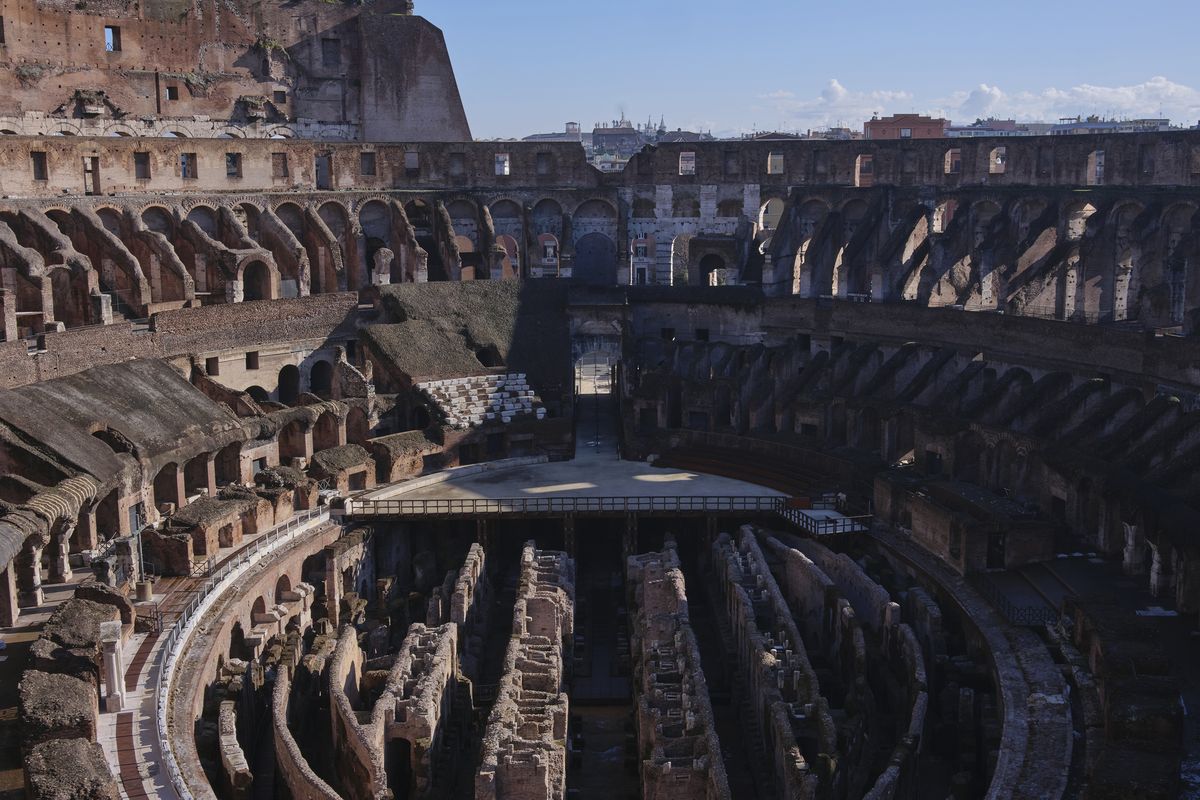A day at the Colosseum with custodians who have Roman ruins all to themselves

ROME – Only a few living souls are inside the Colosseum these days: a team of security guards, some maintenance workers and a family of hedgehogs who live in the bowels and have grown bolder without so many people around.
In normal times, the Colosseum would be teeming with visitors – 3,000 at any minute, 7.5 million in a year. But in 2020, only 1.5 million came through the gates. And since Italy retightened restrictions in November, the site has been closed off to the public entirely.
Depending on the moment, the amphitheater built two millennia ago for mass spectacles is for now a strange mix of nature reserve and construction site. The only occasional noise comes from a walkie-talkie or bird.
The lockdown has a convenient element, as it provides a window of opportunity for repair work. In recent weeks, workers have renovated the bathrooms, strengthened several arches and sealed leaky areas in the bricks.
The people who manage the Colosseum, though, say the current situation is unsustainable. The site, along with an abutting archaeological area that includes the Roman Forum, is normally so profitable that it pumps a share of its revenue back into the government. Last year, the Colosseum and the Forum lost about $63 million.
“There is a great sense of emptiness,” said Alfonsina Russo, the Colosseum and archaeological park’s director, during a recent Washington Post visit.
She guided us back down to the ground level. Paces away from the central oval where gladiators did battle, a chute leads to a tunnel once used by emperors who wanted to make a grand, secret entrance into the arena.
The tunnel was starting to look more befitting of an emperor. The dark passage still had some hoses and other equipment lying around, as well as a yard-sale-style pile of stone ruins.
But Russo said there were plans – over the next year or so – to open the tunnel to tourists.